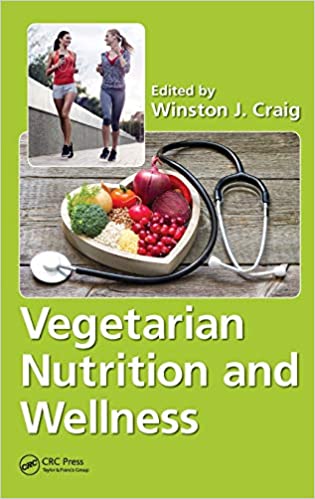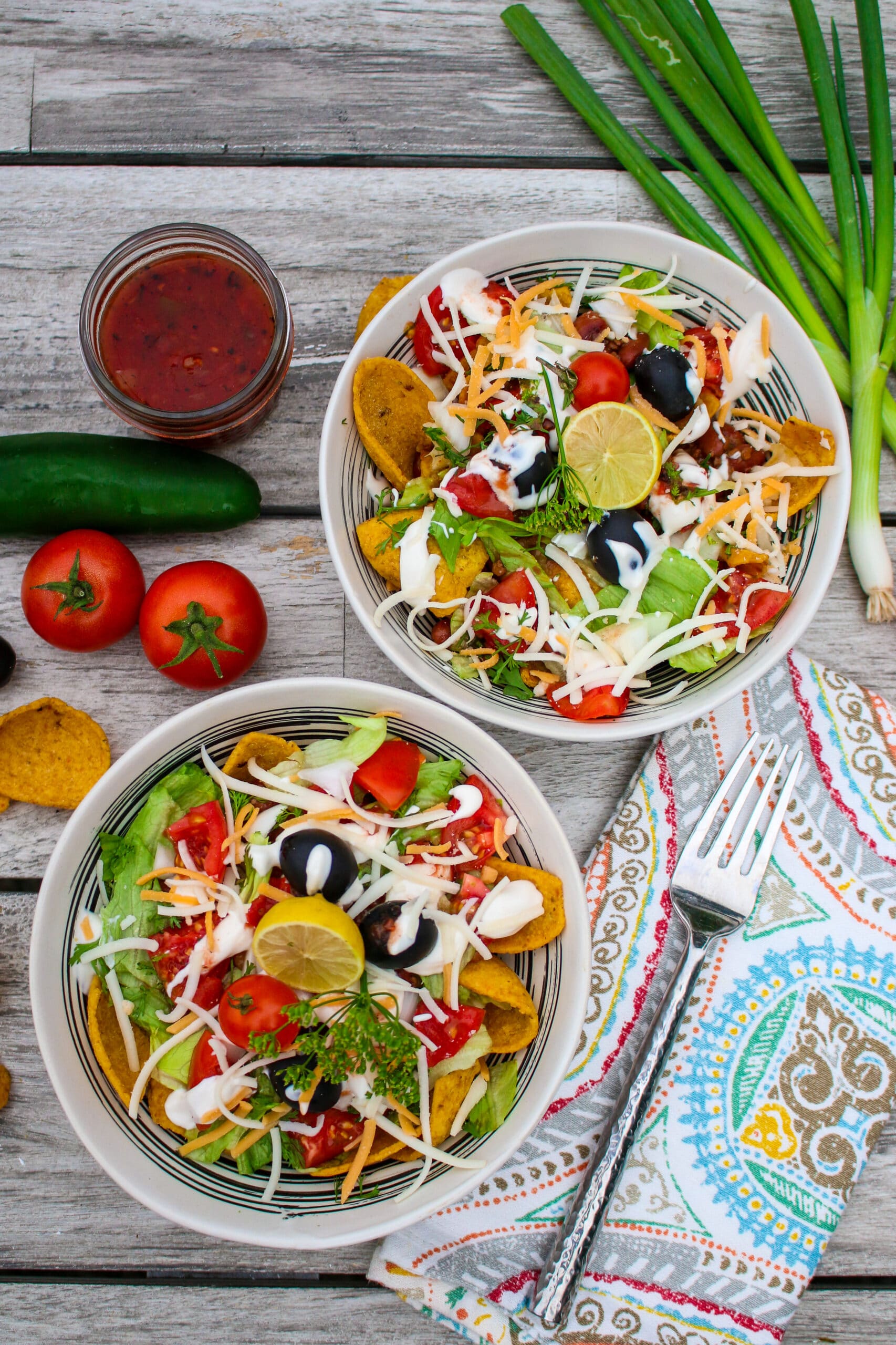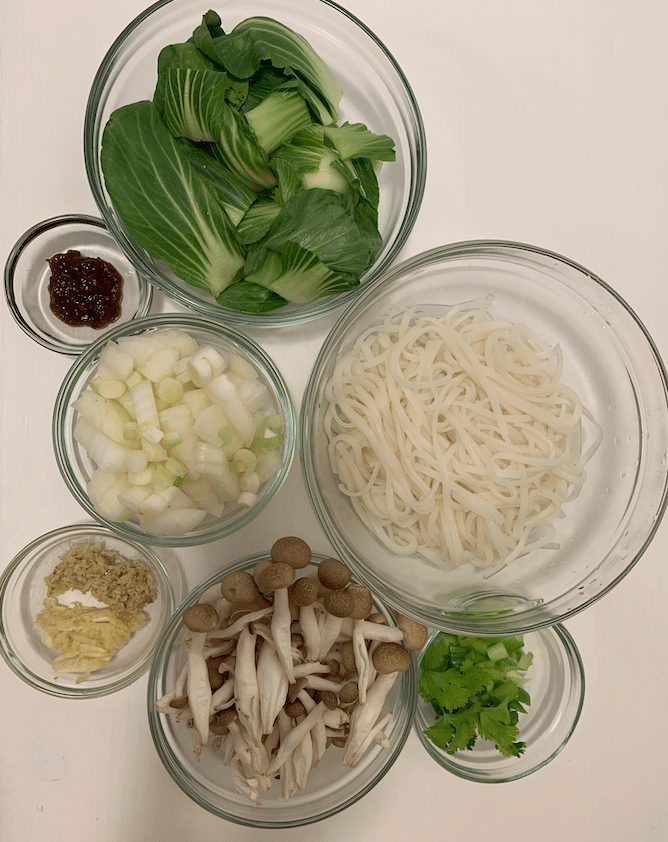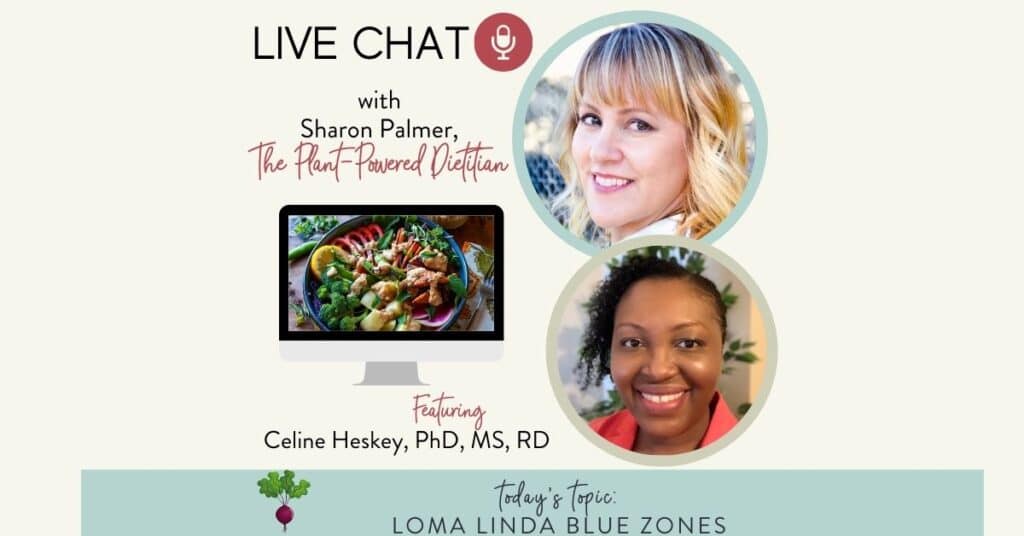Listen in on Sharon’s live video chat with public health nutrition expert, Celine Heskey, as they talk about the Loma Linda Blue Zones and the lessons you can learn from this diet for longevity.

I’m so excited to sit down with public health nutrition expert, Celine Heskey, on my Live Chat! That’s because we are talking all about the Blue Zones—the lifestyle and eating pattern linked with longevity. In specific, we are talking about the Loma Linda, California community—the only original Blue Zone located in the U.S., which also happens to be my alma mater where I first studied nutrition years ago and graduated as a registered dietitian. Celine is an Assistant Professor of Nutrition and the Program Director of the Master of Public Health Nutrition Program at Loma Linda University. She also has a wide range of experience in working to help people reduce their risks of chronic disease through diet. It was so fun getting into the nitty gritty of the Blue Zones with Celine!

What are the Blue Zones? These are areas around the world known to have people who live the longest. The individuals in these areas have similar habits that contribute to their happiness, health and longevity. These Blue Zones include: Okinawa, Japan; Sardinia, Italy; Nicoya, Costa Rica; Ikaria, Greece, and Loma Linda, California. Learn more about the Blue Zones in my interview with founder, Dan Buettner here. And check out my interview with Joan Sabate from Loma Linda School of Public Health here.
Check out the Live Chat with Celine on Loma Linda Blue Zones here.
Things You Will Learn in This Episode
- More about the concept of the Blue Zones lifestyle for longevity.
- Examples of the unique culinary style of Loma Linda, California
- Tips for eating a more plant-based diet for longevity.
- Other habits that can help increase your lifespan.
- Celine’s favorite plant-based recipe.

Celine’s Resources
- Loma Linda University MPH Nutrition program
- Loma Linda University MS Plant-based Nutrition program
- Celine’s LinkedIn
Written Interview with Celine Heskey on Loma Linda Blue Zones.
Q: You live in one of the Blue Zones! Can you tell us about your own personal journey to becoming part of the Loma Linda Nutrition community?
A: As a graduate student at Andrews University back in 2002, I had the opportunity to attend the 4th International Congress on Vegetarian Nutrition at Loma Linda University in April of that year. At the time, I was starting to become very intrigued with nutrition research, which was solidified by seeing the very researcher in person that I had spent the better part of that year, reading their papers. I was inspired by the evidence that good nutrition can reduce the risk of chronic diseases and I wanted to be one of the scientists to contribute to the foundation of evidence-based guidelines. After finishing my Masters of Science in Human Nutrition in 2003, I had a 5-year plan to return to school. I grew up in the Seventh-Day Adventist community of faith, and I recalled the research of Loma Linda University’s School of Public Health nutrition and epidemiology researchers, so this seemed like a good fit for me. Since finishing my DrPH Nutrition program in 2014, I have worked as a nutrition professor at Loma Linda University, continuing to be part of this community.

Q: What makes the diet in Loma Linda so special and unique?
A: There have been several features noted, that also extend to other SDAs outside of Loma Linda. Many individuals choose to follow a vegan or vegetarian diet, but even if they consume meat, their portions or frequency of consumption are much smaller than other meat eaters. A unique feature is that historically they consumed nuts, even before that became popular, and there are many traditional casserole and protein loaf dishes that can be quite legendary. Speaking of these dishes, another unique feature is that these dishes are often shard in a potluck setting after church on many Sabbaths.
Q: Why does this diet promote a longer life span?
A: A vegetarian diet helps to increase longevity for a number of reasons. A healthy vegan or vegetarian diet is rich in fiber, and relatively lower in kcals, which helps with satiety and weight management. By preventing adult weight gain, this dietary pattern addresses a significant risk factor for many chronic diseases. We have research to suggest that these dietary patterns reduce the risk of cardiovascular disease, cancer, and diabetes, which are some of the leading causes of death in the United States.

Q: What else about the lifestyle in Loma Linda contributes to overall health and longevity?
A: I think community, more specifically a community of faith. Earlier I mentioned Sabbath potlucks…these provide opportunities for church members to fellowship with others in their community of faith. Eating with friends and family is an important social and psychological benefit of many cultures, and I believe this an important part of the SDA culture among many of the residents of Loma Linda.
Q: Can you give examples of the sorts of foods people eat in Loma Linda?
A: Hmmm, I’ll answer this question from my perspective, and I have to say I grew up in the Caribbean and I am from a culture that differs in many ways from the one I currently live in.
So I mentioned nuts already, and I think dried fruit is also popular. And granola. All of these can be combined into really good trail mix or even be the foundation for a good breakfast cereal. I think fresh produce in general is also popular, fruits and vegetables. Haystacks are quite popular in American SDA culture – you will usually find them in our cafeterias.
So what are Haystacks? That is a question that comes up from individuals who are not as familiar with the culture. Haystacks include a base of corn chips or tortilla chips, topped with chopped tomatoes, lettuce, onions, beans, and cheese. Some variations also include guacamole, “veggie ground beef”, and sour cream, salsa, cilantro and green onions. Haystacks basically are similar to a taco salad or some variation of that.
There is a cookbook titled an “Apple A Day” which was written by Loma Linda University School of Medicine physician’s wives first back around 1967. There have been updated versions since that first one was published. Growing up, my mom had a copy of one of these cookbooks and used to make some of the dishes that are popular in the SDA community. Looking through a copy I have of An Apple a Day volume 2, I noted some of the items that I have observed or tasted myself:
- Bean soup and Lentil stew or soup
- A large assortment of different types of salads, including layer vegetable salads
- “Veggie Hamburgers” where the “meat” is made from oats, and various nuts
- Different “Roasts and Loaves” including Peanut Loaf and Lentil Loaf, and a very popular one, Special K Loaf (a cottage cheese roast).
Meat analogues or “veggie meat” may still be popular. Loma Linda/Worthington food’s brand makes some of my favorites including Vegetarian Burger, Redi-Burger, Big Franks and Swiss Steak.
Q: How did Loma Linda get on the map as part of the Blue Zones?
A: Back around 2000 I believe, Dan Buettner, The Blue Zones author, set out to identify communities around the world with a relatively high number of centenarians – individuals who live to be 100 years of age or older – who are relatively health and happy. He wanted to identify the characteristics that contribute to their longevity. Loma Linda, California was identified as one of those communities. The findings were published in the November 2005 issue of National Geographic magazine. All the communities he identified eat a plant-based diet, have significant social connections including family, exercise, and abstain from smoking. The unique characteristics of the centenarians in Loma Linda included their faith, including Sabbath keeping – taking a day of rest, and use of soy milk, legumes, and nuts.
Q: What are the lessons we can learn about the Blue Zones that people can apply to their lifestyle, no matter where they live?
A:
- Make more whole-food choices – whole grains, nuts, seeds, fruits and veggies – quite simple
- Be active, which can be as simple as taking a walk, working in the garden, doing chores and so on. Get up and move.
- Find a community. That could be a community of faith, a hobby group, a book club…the point being, find a group of individuals with shared interests and spend time with them.
Q: What are some of your own favorite foods? What is your own personal nutrition philosophy for health and well being?
A: I don’t really have favorite foods as such – I tend to like variety and what I like changes all the time! I do however really like tropical fruit, including mangoes, and many other fruit that your audience will not be familiar with. I also really like cherries, strawberries and bananas.
My personal nutrition philosophy has been evolving and my journey towards improved health and well-being is ongoing. One of the things I have learned to embrace recently is to be kind to myself, and also to make small and intentional changes towards more healthful choices. I truly believe in moderation and I am not a fan of extremes in anything.
Q: Please leave us with a few of your favorite tips for eating a healthy diet for longevity.
A: Recently I heard a researcher share his philosophy of a “Foundational Diet”, which is basically a whole-food, plant-based diet – rich in whole-grains, fruits, vegetables, and plant-based protein including legumes, and nuts, and lean animal protein for those who consume meat. Lots of variety. This may seem basic, and not too exciting, or not following a fad, but the best, in my opinion, is that which is simple.
Celine shares one of her favorite plant based recipes, Mushroom and Bok Choy Stir-Fry!

Ingredients:
– 1 tbsp grated ginger
– 2 cloves garlic minced or crushed
– 1.5 cups mushrooms (Beech mushrooms or chopped Shiitake)
– 1/2 cup chopped onions
– 1 tbsp chili bean sauce (spicy!)
– 1 chopped baby bok choy
– Vegetable bouillon cube (alternatively you can use a low-sodium salt, herbs/spices and/or go salt-free)
– Rice noodles (cook as directed – approximately 4 servings)
– Chopped cilantro (amount to taste)
– 2-3 stalks sliced green onions
– 2 tbsp canola oil

Preparation:
- Put rice noodles on to cook in a large saucepan
- Using a wok (or sauté pan or skillet), heat the canola oil on medium-high heat for approximately 1 minute.
- Add ginger and garlic to the wok. Sauté for about 30 seconds. I usually add the bouillon cube at this point, or whatever herbs/spices or low-sodium salt option at this step.
- Add the chopped onions. Sauté for about 2-3 minutes.
- Add the mushrooms and chopped baby bok choy. Sauté for about 5 minutes. (Turn the heat down to medium to avoid burning if necessary).
- Drain the cooked noodles and set aside.
- Mix in chili bean sauce into the mixture in the wok.
- Add the cooked noodles to the wok – mix thoroughly.
- Remove from heat and serve.
- Garnish with cilantro and green onions.
About Celine Heskey
Dr. Heskey is an Assistant Professor of Nutrition, and currently the program director of the MPH Nutrition program at Loma Linda University’s School of Public Health. She completed a BS in Dietetics and MS in Human Nutrition at Andrews University in Berrien Springs, Michigan. She also completed her dietetic internship at Florida Hospital (now Advent Health) in Orlando, Florida. Subsequently, she worked as a clinical dietitian for Florida Hospital/Advent Health in Altamonte Springs, Florida for five years, and Loma Linda University Medical Center, Loma Linda, California for six years. In 2014, she completed a DrPH in Nutrition at Loma Linda University, with a focus on applying nutrition epidemiological methods. As a clinical dietitian, she worked mainly in an acute-care setting attending to patients with a variety of conditions including obesity, diabetes, neurological disorders, cancer, cardiovascular disease, renal disease, and gastrointestinal disorders. Her out-patient experiences included working with patients addressing weight management issues, non-diabetic hypoglycemia, celiac disease, diet during cancer treatment, and dialysis. Her recent and current research activities revolve around the effects of various nutrients and foods (including n-3 fatty acids, nuts, and avocado) on adiposity and cardiometabolic health. Additionally, she teaches courses on nutrition assessment, medical nutrition therapy for heart disease and diabetes, the health impact of plant-based dietary patterns, and nutrition counseling and education.
For other episodes of Sharon’s Live Chat, check out the following:
Learning About Cultural Humility in The Food System with Denine Rogers
A Disease-Proof Diet with Dr. Michael Greger and Sharon Palmer, The Plant-Powered Dietitian
Celebrating Plant-Based Hispanic Food Traditions with Sylvia Melendez Klinger and Sharon Palmer
Learn All About Baby-Led Weaning with The Baby Steps Dietitian, Diana K. Rice, MS, RD
Plant-Based Diabetes Meal Planning with Toby Amidor










